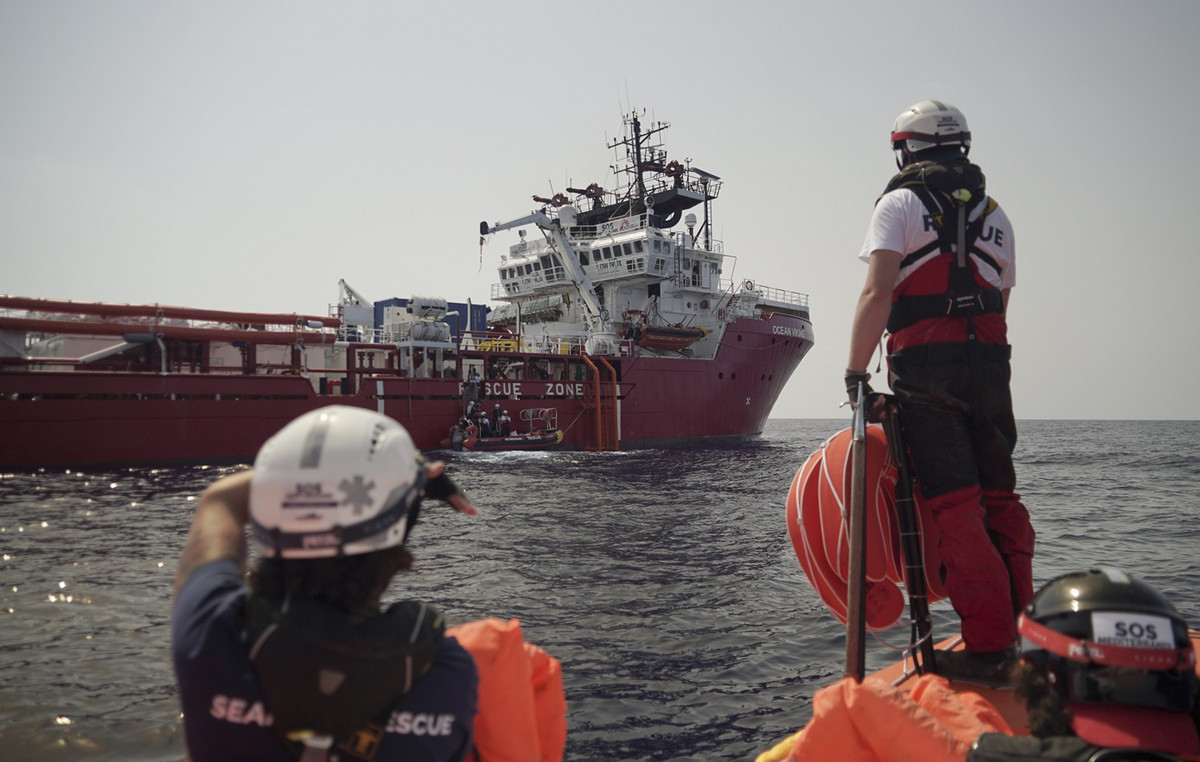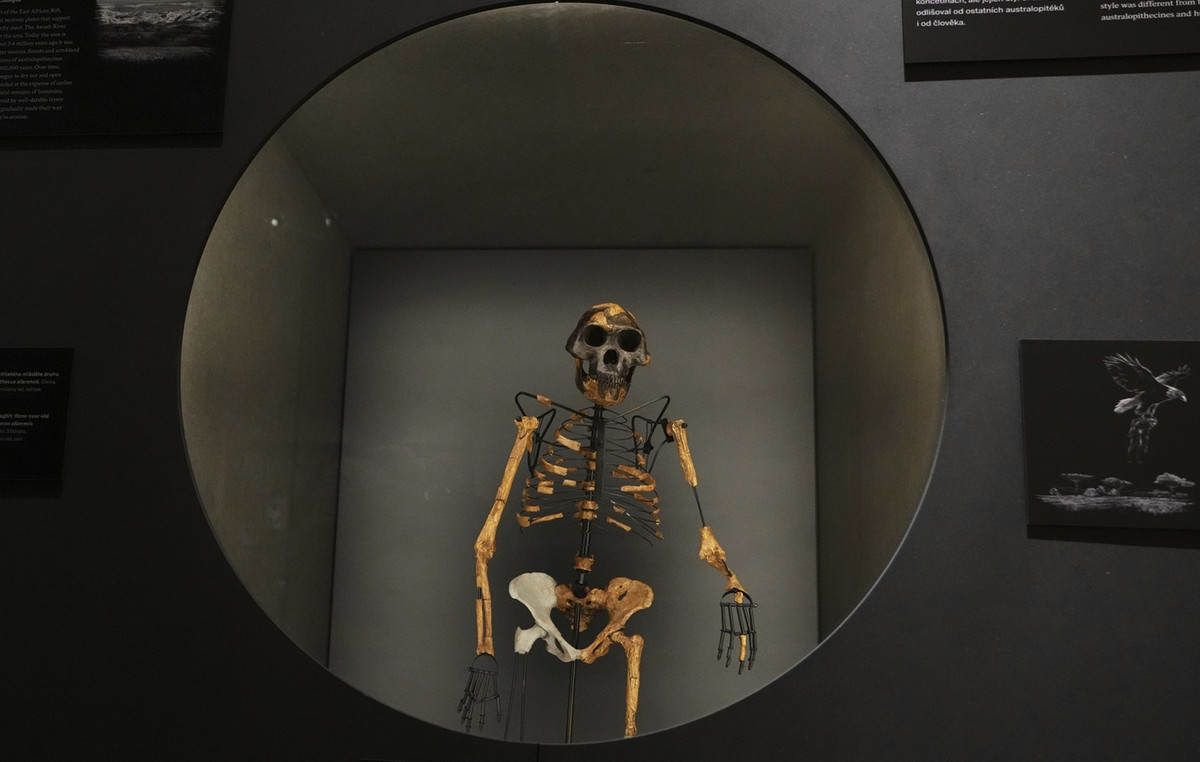An extinct NASA satellite, the US space agency, has fallen back to Earth after 38 years orbiting the planet.
The Earth Radiation Budget Satellite, known as ERBS, was launched in 1984 aboard the space shuttle Challenger.
Until 2005, ERBS data helped researchers investigate how the Earth absorbed and radiated energy from the Sun and measured concentrations of ozone, water vapour, nitrogen dioxide and aerosols in the planet’s stratosphere.
The United States Department of Defense confirmed that the ERBS re-entered the Earth’s atmosphere early this Monday (9), at 01:04 am (Brasília time), over the Bering Sea, according to a NASA statement.
It was not immediately clear whether parts of the satellite survived re-entry. Most were expected to burn up as they moved through the atmosphere. NASA calculated that the risk of harm to anyone on Earth was very low – approximately 1 in 9,400.
The satellite far exceeded its two-year life expectancy, operating for a total of 21 years.
An instrument aboard ERBS, the Stratospheric Aerosol and Gas Experiment II (SAGE II), collected data that confirmed that the ozone layer is thinning on a global scale, NASA said.
That data helped shape the Montreal Protocol Agreement, an international agreement signed in 1987 by dozens of countries that resulted in a dramatic worldwide decrease in the use of ozone-depleting chlorofluorocarbons (CFCs) – chemicals commonly used in aerosols. , refrigeration and air conditioning.
Had the ban on CFCs not been agreed, the world would be on course for an ozone layer collapse and an additional 2.5 degrees Celsius of global warming by the end of the century, according to a 2021 study.
Today, SAGE III on the International Space Station collects data on the health of the ozone layer.
Source: CNN Brasil
Charles Grill is a tech-savvy writer with over 3 years of experience in the field. He writes on a variety of technology-related topics and has a strong focus on the latest advancements in the industry. He is connected with several online news websites and is currently contributing to a technology-focused platform.







